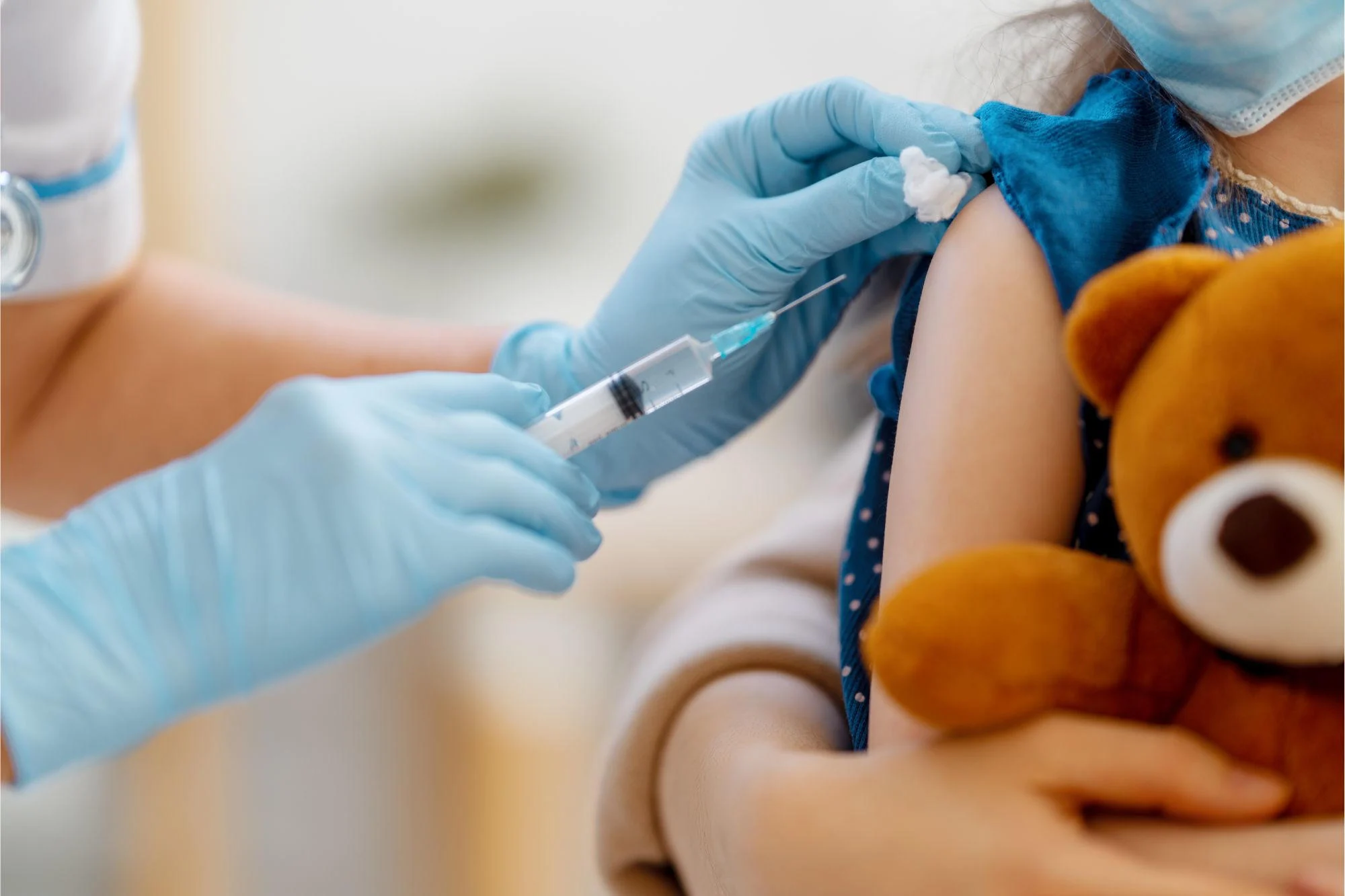
Scientists in Sydney have found that a booster shot of COVID-19 given in the same arm as the first vaccination can generate a faster and more effective immune response. The findings, published in the journal Cell and led by researchers from the Garvan Institute of Medical Research and Kirby Institute at the University of New South Wales, Sydney, provide valuable insights for optimizing future vaccination strategies.
The study reveals that after vaccination, immune cells such as macrophages in nearby lymph nodes become "primed". These primed macrophages play a key role in inducing memory B cells, a key component of the immune system, to respond more effectively to subsequent booster shots administered at the same site.
The study was tested in mice and confirmed in human participants, supporting a targeted vaccination approach that could significantly boost immune protection by simply selecting the same group for the next vaccination.
Professor Tori Huang, Director of the Precision Immunology Program at the Garvan Institute and co-first author, said: "This is a fundamental discovery about how the immune system self-organizes to respond appropriately to external threats. Nature has produced this amazing system, but we are only just beginning to understand it."
"What's unique about this study is that the team was able to understand the rapid generation of an effective vaccine response," said Anthony Kelleher, Scientia Professor, Kirby Institute Director, and co-senior author. "We did this by analyzing complex biology in mice and gaining similar insights in humans, all in the site where the vaccine response is generated: the lymph nodes."
Vaccination involves introducing a harmless pathogen (vaccine antigen) into the body, which then passes through the lymph nodes. Lymph nodes act as immune "training camps" that train the body to fight real pathogens. Researchers have previously found that memory B cells, which are important for generating antibody responses in the event of a recurrent infection, live in the lymph nodes closest to the injection site.
Memory B cells (red) interact with macrophages (white) within the lymph nodes (blue). Image courtesy of Dr. Lama Deni
Using Garvan Hospital's cutting-edge bioimaging technology, the research team found that memory B cells migrate to the outer layer of local lymph nodes and interact closely with macrophages present there. When a booster vaccination is administered at the same site, these "primed" macrophages, already on alert, are able to efficiently capture antigens and activate memory B cells to produce high-quality antibodies.
"Macrophages are known to phagocytose pathogens and remove dead cells, but our study shows that macrophages present in the lymph nodes closest to the injection site also play a central role in delivering the next vaccine dose - so location really matters," said Dr. Lama Deni, co-first author of the study as part of Garvan's Scientia PhD program.
To determine the relevance of the animal results to human vaccines, the Kirby Institute research team conducted a clinical study on 30 volunteers who received the Pfizer-BioNTech COVID-19 mRNA vaccine. Twenty of the volunteers received a booster vaccination in the same arm as their first dose of the vaccine, and 10 received a second dose in the other arm.
"People who received two doses of the vaccine in the same group developed neutralizing antibodies against SARS-CoV-2 significantly faster, within one week of the second dose," said Alexandra Carey-Hoppe, co-first author of the paper and a doctoral student at the Kirby Institute.
"The antibodies in the same group were also more effective against variants such as Delta and Omicron. After four weeks, antibody levels in both groups were similar, but this early protection could be very important in the event of an outbreak," said Mee-Lynn Meunier, PhD, head of the Vaccine Immunogenomics Group at the Kirby Institute and co-first author.
Don't worry if you get the COVID vaccine in different arms. Our study shows that the difference in protective efficacy becomes smaller over time. But in an epidemic, the protection provided in the first few weeks can have a big impact on the population. A same-arm strategy could help achieve herd immunity faster, which is especially important for rapidly mutating viruses, where speed of response is crucial.
In addition to potentially leading to improved vaccination guidelines, the findings point to a promising path to improving vaccine efficacy.
"If we can figure out how to replicate or enhance the interaction between memory B cells and these macrophages, we may be able to design next-generation vaccines that require fewer booster doses," Fan said.